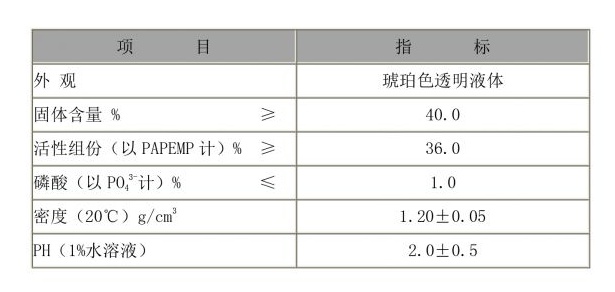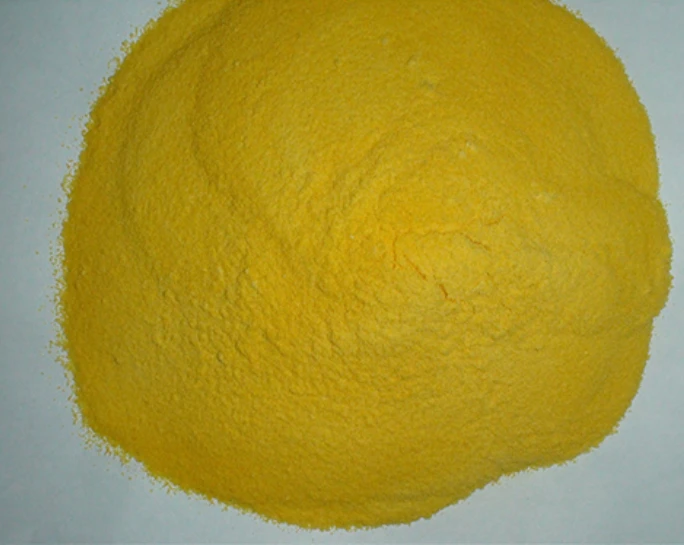3 月 . 05, 2025 04:59
Back to list
LK-318 Scale and Corrosion Inhibitor for Power Plant
Flocculants play an indispensable role in various industries by aiding the sedimentation of suspended particles and enhancing the clarity of liquids. Understanding the diverse types of flocculants and their specific applications not only provides value to industry professionals but also ensures an optimized operational process. Below is an informative exploration of the different kinds of flocculants and their practical applications.
The environmental sustainability trend has driven a renewed interest in naturally derived flocculants. These are sourced from naturally occurring materials such as plant-based gums, starches, and biodegradable polymers. Chitosan, derived from chitin found in shrimp and other crustacean shells, is a standout among natural flocculants due to its biodegradability and also offers antibacterial properties. Natural flocculants are highly favored in applications where ecological impact is a major consideration. They are utilized extensively in the treatment of agricultural runoff and in certain food processing industries, where the chemical purity of processed water is critical. The ongoing research into natural flocculants promises the development of more efficient and sustainable alternatives in the near future. Practical Applications and Considerations When selecting a flocculant, it is crucial to base the decision on the specific requirements of the process in question. Factors such as the type of impurities present, the desired clarity of the solution, cost constraints, and environmental regulations should all guide the choice of flocculant. Moreover, while inorganic flocculants may initially appear cost-effective, the associated expenses of managing sludge and chemical adjustments for pH balance can complicate their economic viability. In contrast, the efficiency of organic polymers can reduce overall costs due to their lower dosage needs. Natural flocculants, despite their ecological advantages, may sometimes exhibit lower efficiency compared to their synthetic counterparts, which could be a deciding factor in processes where high performance is non-negotiable. Optimizing the use of flocculants relies not just on the choice of product but also on the operational parameters such as dosage rates, mixing times, and environmental conditions. Consulting with suppliers and testing in simulated conditions can lead to more successful application and sustainable operational processes. In conclusion, understanding the different types of flocculants and their respective applications empowers industry professionals to make informed decisions that balance efficiency, cost, and environmental impact, thereby fostering responsible and sustainable industrial practices.


The environmental sustainability trend has driven a renewed interest in naturally derived flocculants. These are sourced from naturally occurring materials such as plant-based gums, starches, and biodegradable polymers. Chitosan, derived from chitin found in shrimp and other crustacean shells, is a standout among natural flocculants due to its biodegradability and also offers antibacterial properties. Natural flocculants are highly favored in applications where ecological impact is a major consideration. They are utilized extensively in the treatment of agricultural runoff and in certain food processing industries, where the chemical purity of processed water is critical. The ongoing research into natural flocculants promises the development of more efficient and sustainable alternatives in the near future. Practical Applications and Considerations When selecting a flocculant, it is crucial to base the decision on the specific requirements of the process in question. Factors such as the type of impurities present, the desired clarity of the solution, cost constraints, and environmental regulations should all guide the choice of flocculant. Moreover, while inorganic flocculants may initially appear cost-effective, the associated expenses of managing sludge and chemical adjustments for pH balance can complicate their economic viability. In contrast, the efficiency of organic polymers can reduce overall costs due to their lower dosage needs. Natural flocculants, despite their ecological advantages, may sometimes exhibit lower efficiency compared to their synthetic counterparts, which could be a deciding factor in processes where high performance is non-negotiable. Optimizing the use of flocculants relies not just on the choice of product but also on the operational parameters such as dosage rates, mixing times, and environmental conditions. Consulting with suppliers and testing in simulated conditions can lead to more successful application and sustainable operational processes. In conclusion, understanding the different types of flocculants and their respective applications empowers industry professionals to make informed decisions that balance efficiency, cost, and environmental impact, thereby fostering responsible and sustainable industrial practices.
Share
Latest news
-
The Ultimate Guide to Flocculants: Transforming Water TreatmentNewsNov.01,2024
-
Improve Your Water Treatment Solutions with PolyacrylamideNewsNov.01,2024
-
Enhance Your Water TreatmentNewsNov.01,2024
-
Empower You to Achieve the Highest Standards of Water QualityNewsNov.01,2024
-
Effective Scale InhibitorsNewsNov.01,2024
-
Discover the Power of Poly Aluminum Chloride in Water TreatmentNewsNov.01,2024





